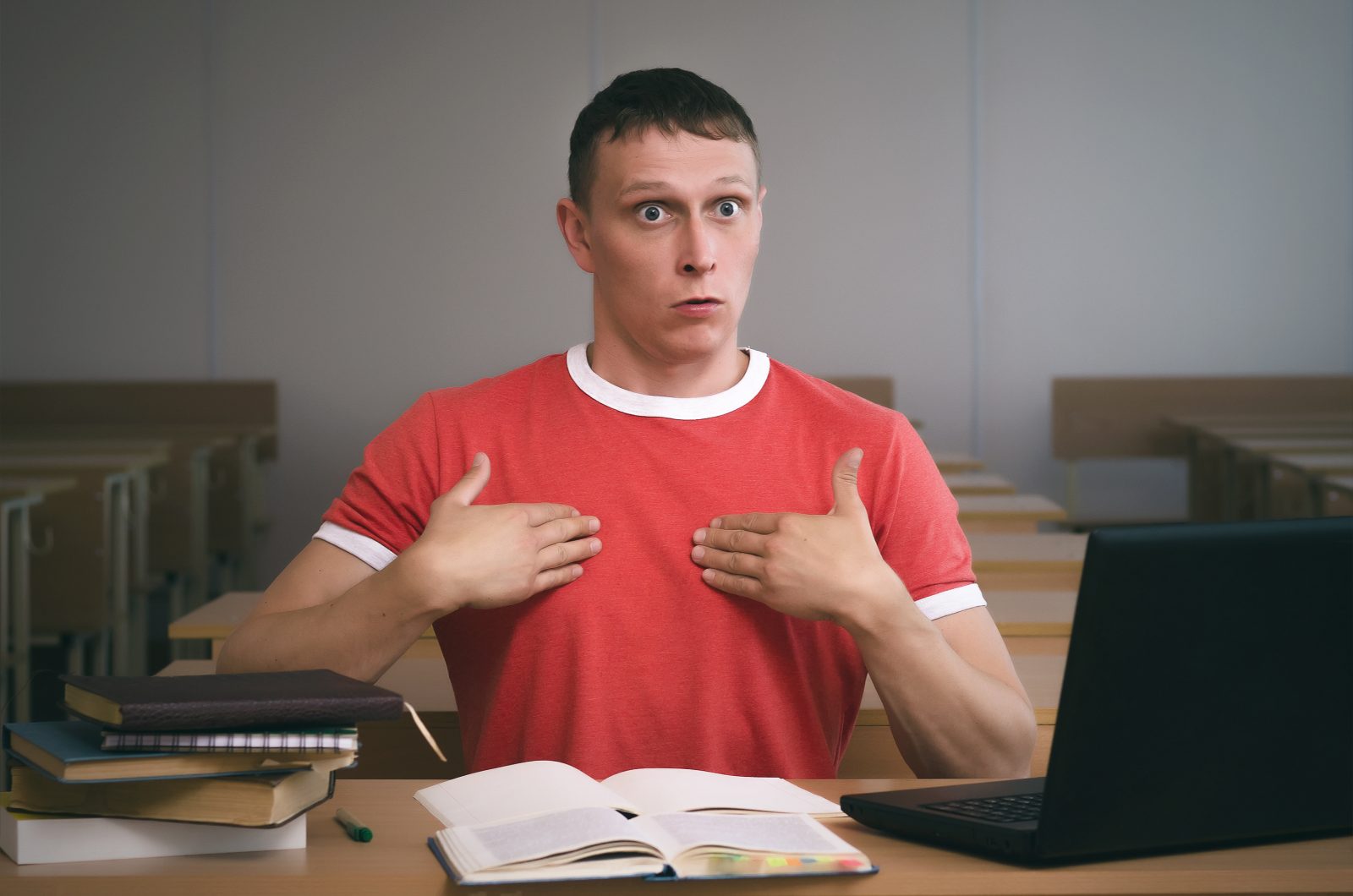


An Origin-of-Life Poser: No Short Cut to Energy-Harnessing
On today’s ID the Future, Stairway to Life co-author Rob Stadler and host Eric Anderson delve deeper into Challenge to Origin of Life: Energy Harnessing, the latest video in the Long Story Short intelligent design video series. Could the first cell have been much simpler than any current cell, making it easier for it to emerge through blind natural forces on the early Earth? Stadler and Anderson surface one big problem with that idea: in experiments to make relatively simple cells even simpler, the cells inevitably become less robust and adaptable. These simpler cells must be coddled to survive. But the first cell on earth would have been anything but coddled. It would have had no source of glucose and been battered by all and sundry. (Plus, even these artificially simple cells are still extraordinarily sophisticated compared to human technology.) What about reports of a fungus near the Chernobyl nuclear accident that can feed off radiation? As Stadler notes, while this is an intriguing discovery, funguses are much more complex than anything being proposed as the first living cell, and the fungus undoubtedly possesses sophisticated energy-harnessing and processing machinery. The bottom line: any viable, self-reproducing cell, including the first one in the history of life, must have an energy-harnessing system already in place to survive, and such systems are necessarily enormously sophisticated. Stadler argues that we know enough about what natural forces can and cannot do to know that natural causes alone could not make this leap from non-life to first life. Another kind of cause was required. Tune in to learn more.

How Universal Common Descent Survives Failed Predictions
On today’s ID the Future, philosopher of biology Paul Nelson discusses his chapter in a recent Harvest House anthology edited by host Casey Luskin, The Comprehensive Guide to Science and Faith. Nelson says the theory of universal common descent, a key component of modern evolutionary theory, has generated multiple predictions that have failed. The prediction he discusses here is that there would turn out to be a single universal genetic code, since that’s what we should expect if all life on earth is descended from the last universal common ancestor (LUCA). Findings over the past three decades have proven that prediction spectacularly wrong. How does the theory of universal common descent shrug off this contrary empirical finding? The trick for LUCA in this and similar cases is to shift blame for failure to an ancillary theory. It’s a clever move, says Nelson, but it comes at a cost.

Physicist Brian Miller Talks Nanotech, Origin of Life, and Area 51
On today’s ID the Future physicist Brian Miller and host Eric Anderson continue their exploration of a recent conversation between origin-of-life investigators Jeremy England and Paul Davies on Justin Brierley’s Unbelievable? radio show. Miller begins with a quick flyover of the many nanotechnologies essential to even to the simplest viable cell. A minimally complex cell is vastly more sophisticated than our best human nanotechnology. What about England’s insistence that real progress has been made in origin-of-life studies since the 1950s? True, Anderson says, but the progress has been principally in better understanding how the simplest cells function, and in figuring out what doesn’t work to blindly evolve life from non-life. That is, the direction of discovery has been to throw cold water on one idea after another for the naturalistic origin of life. Miller then makes an even bolder statement. All the physics for us to have known this were in place more than a hundred years ago. The origin-of-life community just chose to ignore it, perhaps because they were dogmatically wedded to finding a purely materialistic explanation for the origin of the first life. To show why that’s misguided, Miller offers an illustrative story: Imagine that what looks for all the world like an alien spaceship is discovered in the desert. Two groups of scientists decide on radically different approaches to understanding the workings of this mysterious object. Tune in to hear the rest of the story.

Origin of Life’s Purple Unicorn: Protocells
On today’s ID the Future, host Eric Anderson sits down with Rob Stadler, co-author with Change Tan of The Stairway To Life: An Origin-Of-Life Reality Check. The topic of discussion–protocells. Stadler notes that the simplest existing single-celled organisms are far too sophisticated to have emerged through a blind process of prebiotic evolution. He further notes that this is widely acknowledged in the origin-of-life community, but those committed to a purely materialistic origin of the first life have a fallback explanation–protocells. That is, early biological structures far simpler than anything we find today. An intriguing hypothesis, but the problems with it, according to Stadler, are legion. Tune in as Stadler and Anderson walk through several lines of evidence that appear to break against the much sought-after but ever-elusive protocell.

New Book: The Stairway to Life Is Really a Cliff
On this episode of ID the Future, guest host Eric Anderson speaks with medical engineer Rob Stadler, co-author with molecular biologist Change Laura Tan of the new book Stairway to Life: An Origin of Life Reality Check. Stadler explains that it’s a “reality check” because many of the “stairway steps” that have to be mounted for chemistry to become biology must, very inconveniently, happen all at once. DNA can’t survive without repair enzymes, for example, but those enzymes are able to exist because they’re coded in DNA. The reality check is needed, says Stadler, because the media eagerly touts every oversold “advance” in origin-of-life research, ignore the mounting difficulties for an unguided origin of life posed by various fresh discoveries, and parrot the question-begging claim that origins scientists must consider only naturalistic explanations.

The Michael Medved Show Weekly Science & Culture Update: Featuring Dr. Paul Nelson on Artificial Life
On this episode of ID the Future, Dr. Paul Nelson joins Michael Medved to discuss genomics guru Dr. Craig Venter’s claim to have created synthetic life in the lab. Can life be reduced to mere physics and chemistry, as Dr. Venter asserts? Or is there more to life that requires a creative mind?

Has Craig Venter Produced Artificial Life?
On this episode of ID the Future, Casey Luskin examines the overblown claims of Craig Venter, who announced earlier this year that he had produced artificial life, “the stuff of dreams and nightmares.” Listen in for a cool-headed analysis of what Venter and his team really accomplished.